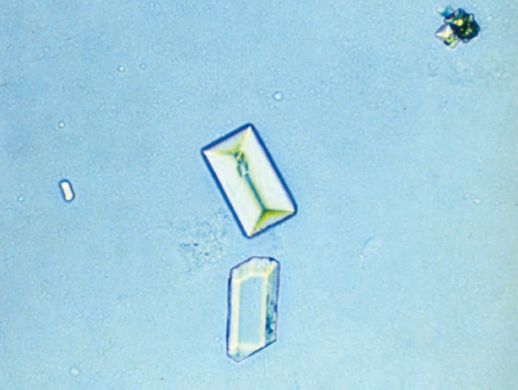ASCPi-URINE AND BODY FLUIDS ANALYSIS
- Description
- Curriculum
- Reviews
-
7HD TUTORIAL - CSF ANALYSIS
-
8CEREBROSPINAL FLUID ANALYSIS
CSF bathes the brain and spinal cord, protects and supports the brain and spinal cord and provides a medium for the transport and exchange of nutrients and metabolic wastes.
-
9PLEURAL, PERICARDIAL, AND PERITONEAL FLUID ANALYSIS
Normally, serous fluids do not contain blood or fibrinogen, but a traumatic puncture or hemorrhage can result in bloody and clotted fluid
-
10SEMINAL FLUID ANALYSIS
Seminal fluid, or semen, is a complex body fluid used to transport sperm or spermatozoa. It is analyzed routinely to evaluate infertility and to follow up after a vasectomy to ensure its effectiveness. Other reasons for analysis include the evaluation of semen quality for donation purposes and forensic applications (e.g., DNA analysis, detection of semen).
-
11VAGINAL SECRETIONS ANALYSIS
Using a nonlubricated speculum, moistened only with warm water provides access to the vaginal fornices. A sterile, polyester-tipped (e.g., Dacron) swab on a plastic shaft or, alternatively, a sterile wire loop is used to obtain vaginal secretions from the posterior vaginal fornix and the vaginal pool. Note: cotton has been toxic to Neisseria gonorrheae, whereas wooden shafts have been toxic to Chlamydia trachomatis.
-
12HD TUTORIAL - AMNIOTIC AND SYNOVIAL FLUID
-
13AMNIOTIC FLUID ANALYSIS
Amniotic fluid is the liquid medium that bathes a fetus throughout its gestation. Amniotic fluid protects the fetus while enabling fetal movement and plays an important role in numerous biochemical processes. Fetal cells and many biochemical compounds, such as electrolytes, nitrogenous compounds, proteins, enzymes, lipids, and hormones, are present in the amniotic fluid.
-
14SYNOVIAL FLUID ANALYSIS
Arthritis and other joint diseases are common, and synovial fluid analysis assists in the diagnosis and classification into one of four categories: noninflammatory, inflammatory, septic, or hemorrhagic.
-
15FECAL ANALYSIS
Examination of feces provides important information that aids in the differential diagnosis of various gastrointestinal tract disorders, which range from maldigestion and malabsorption to bleeding or infestation by bacteria, viruses, or parasites; hepatic, biliary conditions as well as pancreatic diseases that cause insufficient digestive enzymes.








